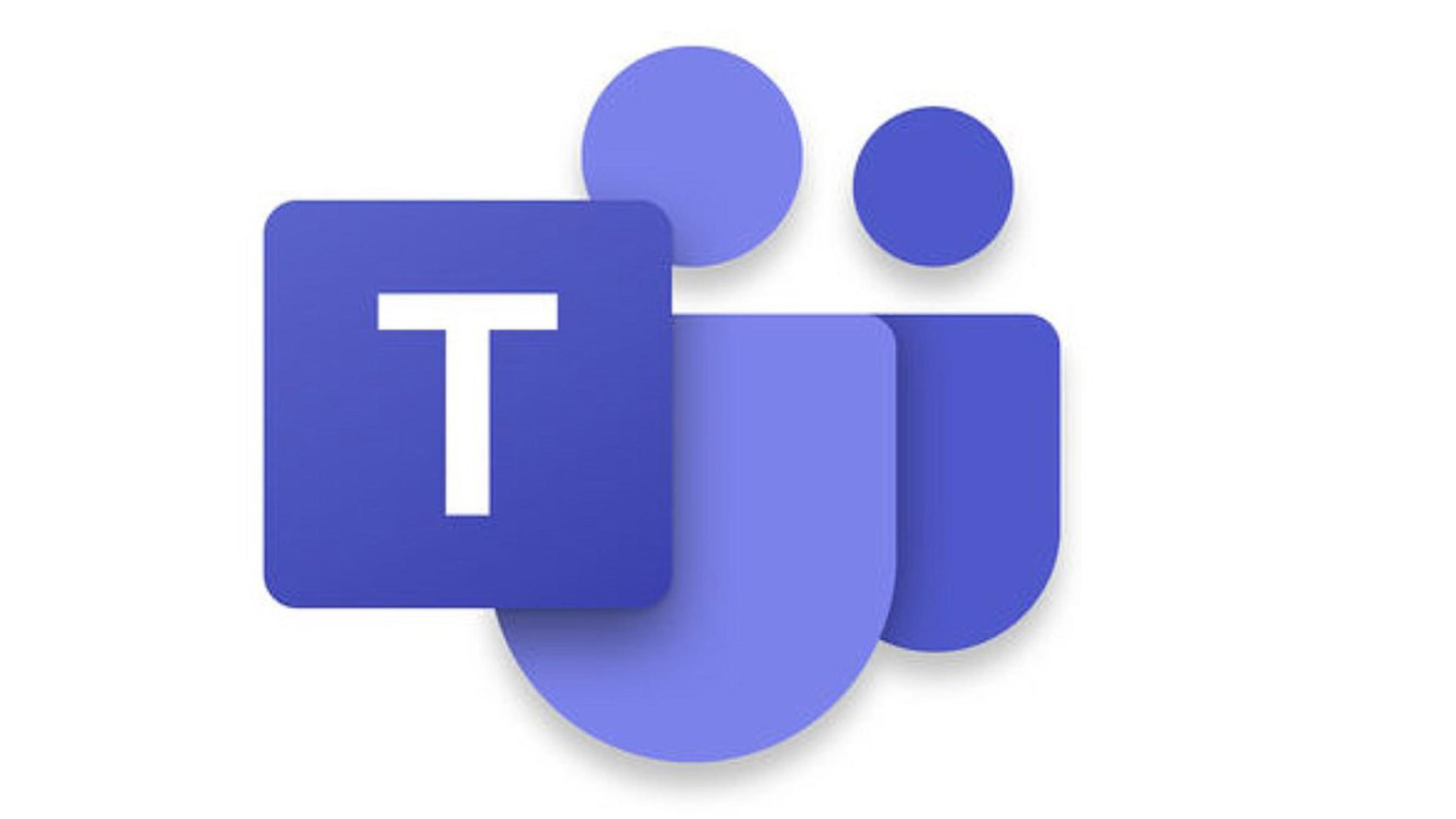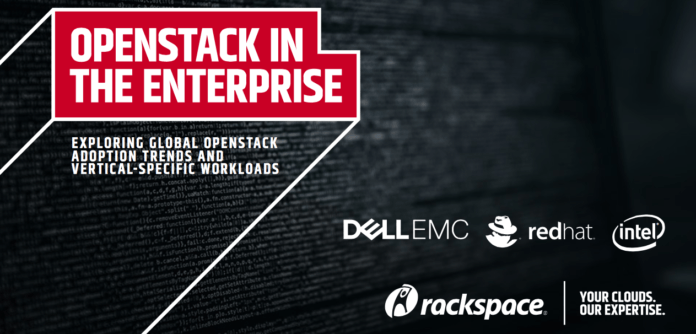
When you look in from the outside, it might appear that all MSPs are the same. And, indeed, much of what one MSP offers is rather similar to that which is offered by a competitor. As such, strong relationships between your MSP and client are very important to ensure that your offerings don’t seem just like the next guy’s.
But is that where the good advice ends? To be successful, do MSPs just need to build strong relationships? Are there any other best practices of successful MSPs worth emulating?
As is the case with much of success, the devil is in the details. How do you demonstrate to clients that they are going to get a great value out of hiring you? Part of the answer lies in frequent and direct communication around the following practices:
Practice 1: Identifying and responding to incidents on a 24/7 schedule
Our world is no longer increasingly 24/7. It is 24/7. So, when your client’s backups fail afterhours or servers are down at 2 am, there is an expectation that the MSP will be there to provide a solution. MSPs are supposed to understand how to provide the best solutions to their customers both during and after business hours.
Effective MSPs need to understand how to best identify and respond to their customers’ incidents. And while this doesn’t mean constant nightly after-hour calls, there are often several times during the calendar year when a client needs after-hours help.
Practice 2: Service Level Agreements (SLAs)
SLAs are the foundation of any good MSP business. They allow an MSP to build strong client relationships and establish standards in case something goes wrong. Make sure that at a minimum, your SLA:
- Clearly defines actions based on problem severity levels
- Provides response and resolution time targets for low, medium and high severity levels
- Indicates what should happen when a time target is missed
- Ensures escalation of incidents to personnel with higher levels of expertise when necessary
Want to learn more about MSP best practices?
























